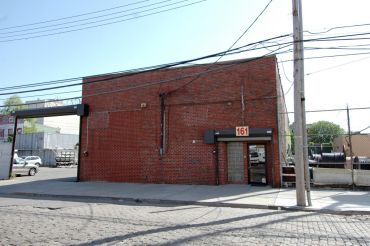Miami-Dade and Palm Beach Attempt to Tackle Affordable Housing Crisis
Mayor Daniella Levine Cava declared an “affordability crisis”
By Julia Echikson April 13, 2022 6:44 pm
reprints
As the cost of housing continues to soar in South Florida, officials are beginning to take steps to address it — but some experts say it’s a little too late.
Miami-Dade County Mayor Daniella Levine Cava declared an “affordability crisis” last week, promising to spend $13 million on rental assistance, while officials in Palm Beach County are debating a $200 million affordable housing bond.
“Over the last year, we have become one of the most unaffordable regions in the country,” Cava said at a press conference. “Every day we are hearing about skyrocketing rents; individuals and families are being forced to move because they can no longer afford where they live.”
As part of the initiative, the administration infused $13 million into the county’s rental assistance program known as ERAP, available now to low-income earners county-wide. The funds come from the federal government, which sent aid to check the economic fallout of the pandemic.
Under the ERAP scheme, households making less than 80 percent of Miami-Dade County’s median income qualify. So do individuals earning less than $50,650, couples making less than $57,850, families of three earning less than $65,100, or families of four earning less than $72,300.
Cava also ordered all municipalities to review their approval processes to speed the development of affordable projects.
The lack of affordable housing is nothing new for Miami, but it’s been exacerbated by the city’s popularity during the pandemic. The affordability predicament dates back as far as the years preceding the 2008 financial crisis, which crushed Florida’s housing bubble. The issue continued to fester and by 2019, more than half of Miami households were spending more than 30 percent of their income on housing, according to Jorge M. Pérez Metropolitan Center at the Florida International University.
The migration of high-profile tech and financial companies over the past year has accentuated the problem, anointing Miami as the nation’s most unaffordable city, outranking notorious offenders New York and San Francisco.
In the last year, average rents in Miami have risen by 27 percent, according to data from ApartmentList. The cost of buying a Miami condominium unit and home has also surged by about 30 percent, per the Miami Association of Realtors.
“We would not be in this situation right now had we put affordable housing policies, strategies and programs in place,” said Edward Murray, associate director of FIU’s Metropolitan Center.
Politicians are only taking action now because it’s hurting the local economy, Murray said. Service-sector businesses in Miami, which power the local economy, are having trouble filling low-wage jobs.
While Murray commends Cava for taking a first step to address the issue, he wants to see comprehensive policies to get at the root cause. Some of the remedies he endorses include transforming languishing strip malls into residential complexes and creating a bond to fund affordable projects, similar to one that Palm Beach County has proposed.
Palm Beach County commissioners are debating whether to launch a $200 million bond. The program would aim to fund the development and rehabilitation of 20,000 affordable units over the next 10 years. But already some commissioners have voiced their opposition to the proposal because the bond would effectively levy an additional tax on residents.
Julia Echikson can be reached at Jechikson@commercialobserver.com.


